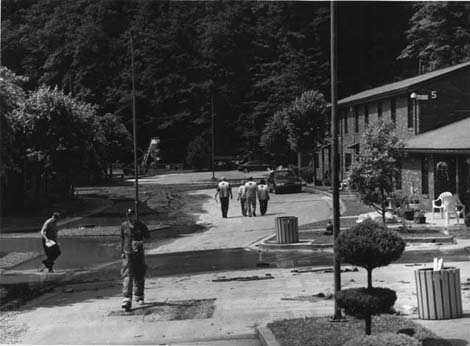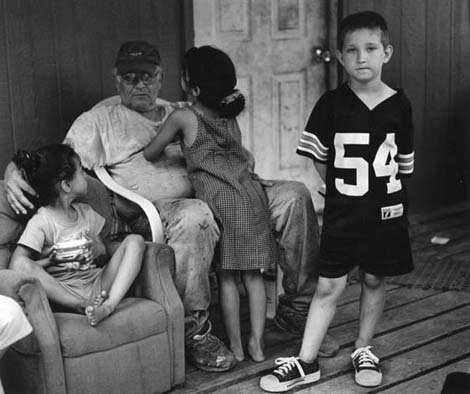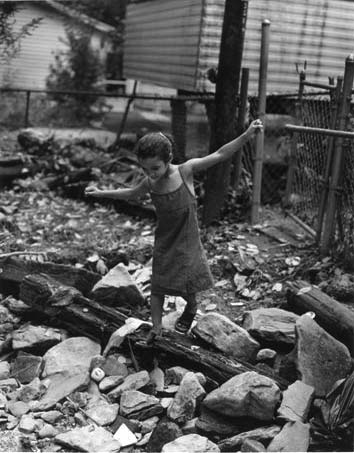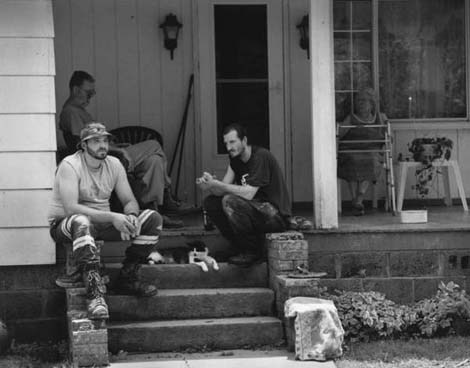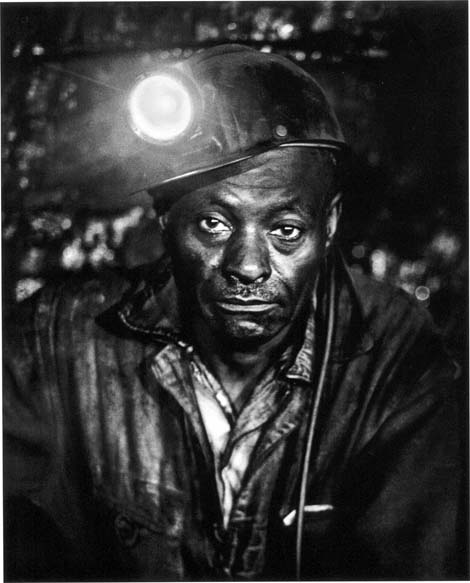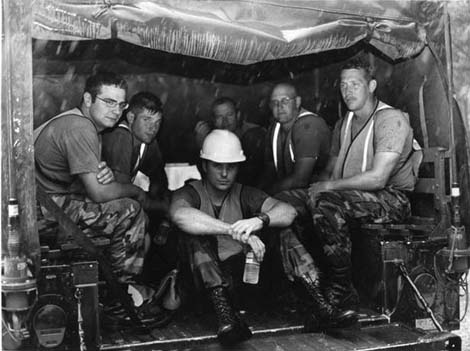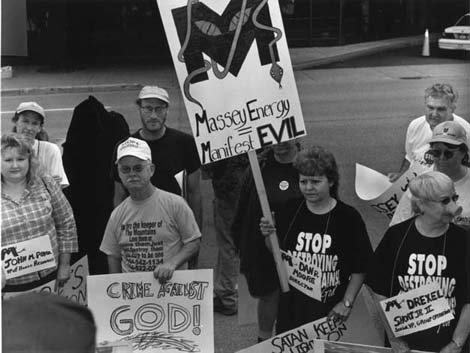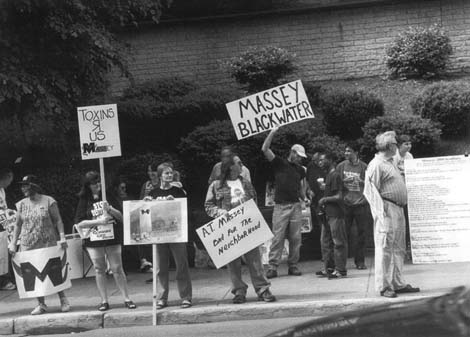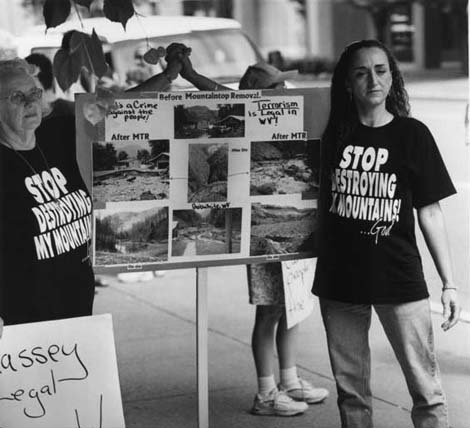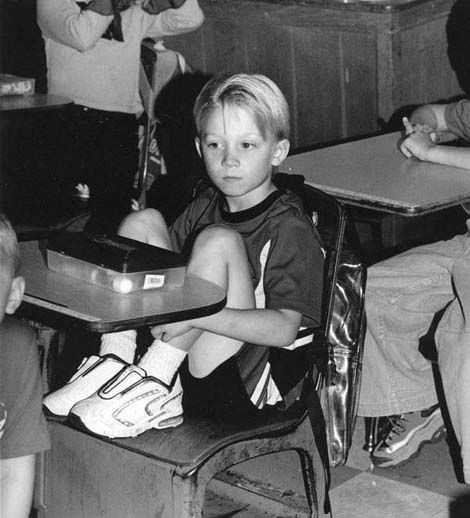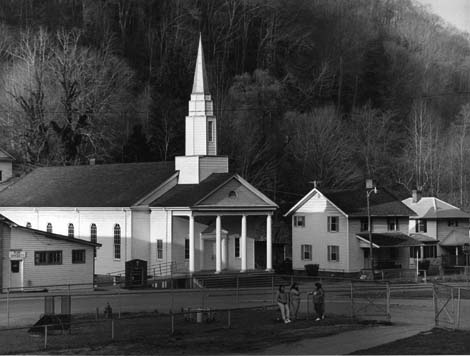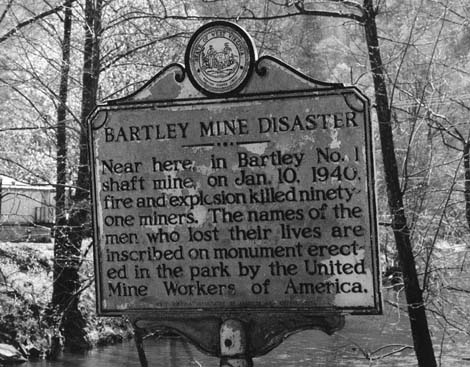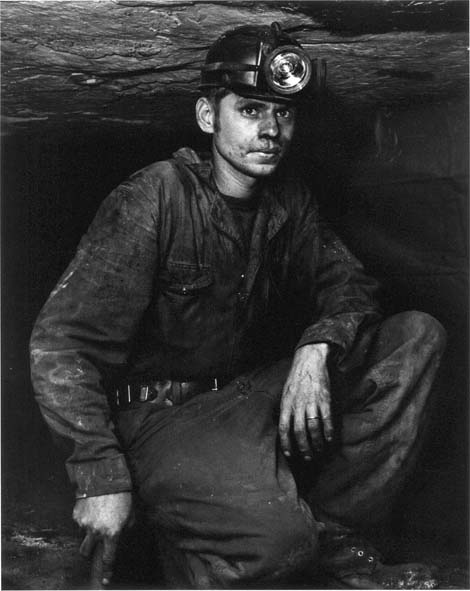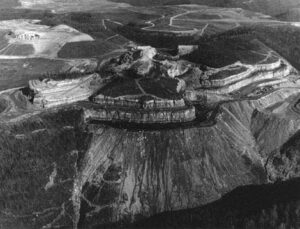What began in 1968 as a ten-day trip became fourteen years of visiting and photographing in coal mines,miners’ homes, and communities in the hills and “hollers” of West Virginia, eastern Kentucky, southwestern Virginia, and western Pennsylvania. I was attracted by a rich cultural heritage that included the rejection of British colonial rule, support of abolitionism, and the collective struggle of coal miners since the late nineteenth century to make life better for themselves, their families, and the American working people.
With the help and encouragement, in 2002, of a commission from the Appalachian College Association, followed by an Alicia Patterson Foundation Fellowship in 2004, I have begun to revisit the Appalachian coalfields. I have been looking at mountaintop removal mining, slurry impoundments, and other coal industry practices and developments to see how they are affecting the communities in the surrounding valleys and hollows. My primary focus continues to center on the lives of the people and their enduring humanity, but now more than ever on their mountains, whose fate affects them so intrinsically.
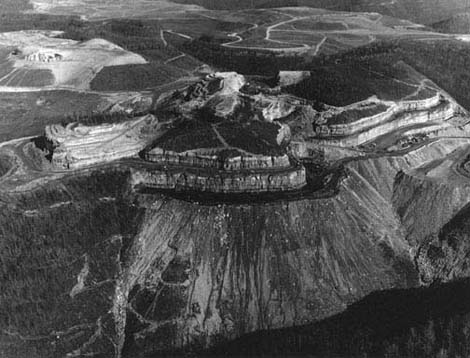

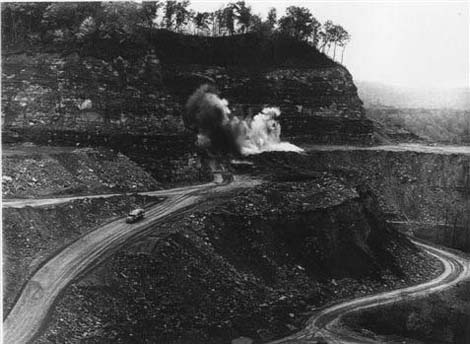
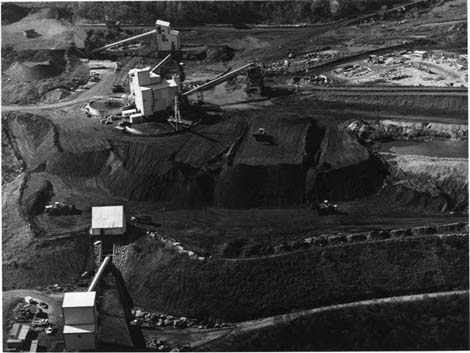
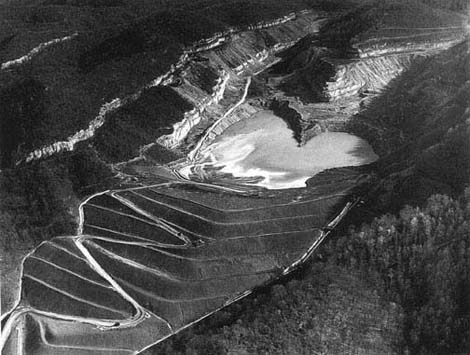

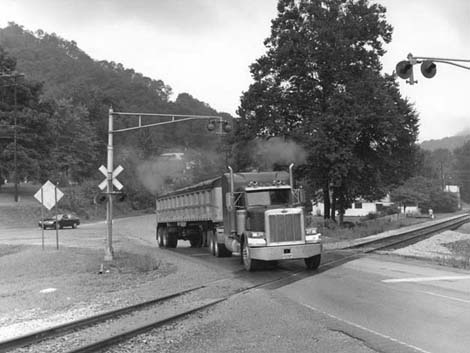
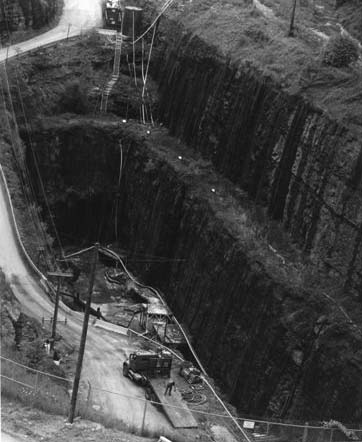
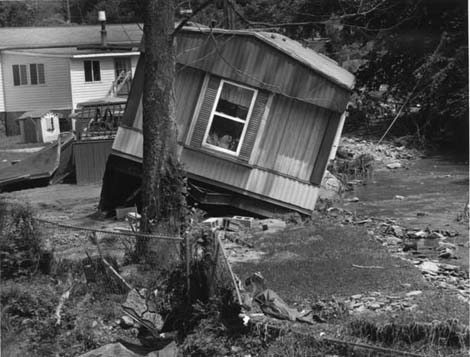

Floodsided Singlewide, Shadywood Subdivision, Pie, Mingo County, June 13, 2004: Jamie Wolford’s single-wide mobile home was flooded and tipped over by the water gushing down the mountainside and overflowing creek during a rainstorm on June 4th. A chain-link fence was ripped out and washed down more than 400 feet from the last home. Before the mountaintop is removed for strip mining, its irreplaceable hardwood forest is clear-cut by timber companies or others contracted by the coal companies. The “valley-fill” pollutes and clogs streams, creeks and rivers. The strip-mined mountains, whose tops were once filled with trees, can no longer hold the water. During heavy rains, the water goes gushing down the mountain causing mudslides, clogging and blocking of culverts, overflowing silt ponds, overflowing creeks, streams, flooding roads, homes, businesses, communities, and towns in the valleys surrounded by these stripped mountains.


